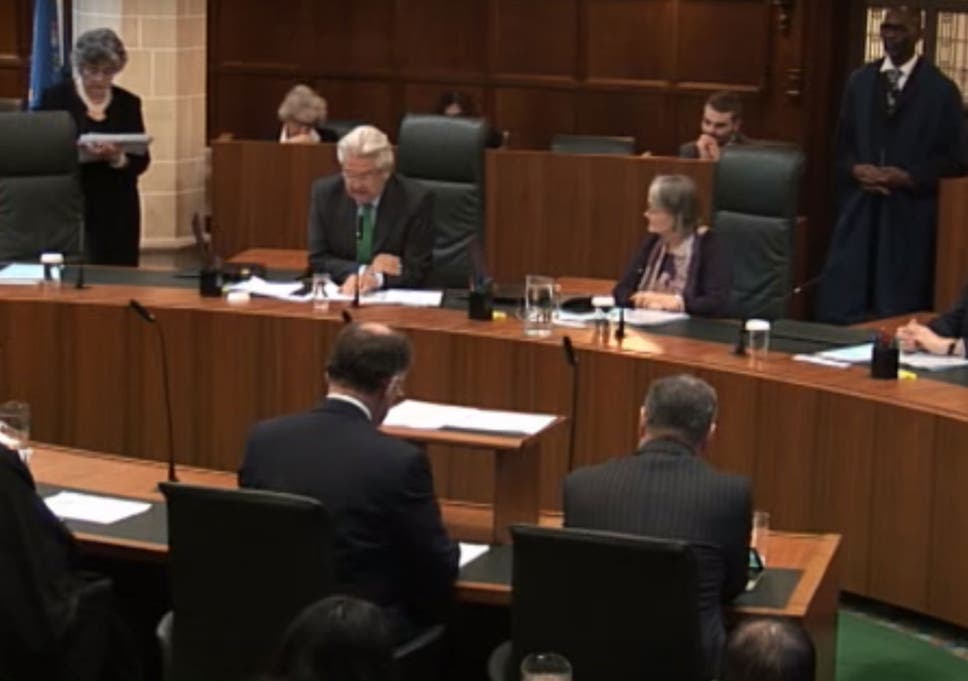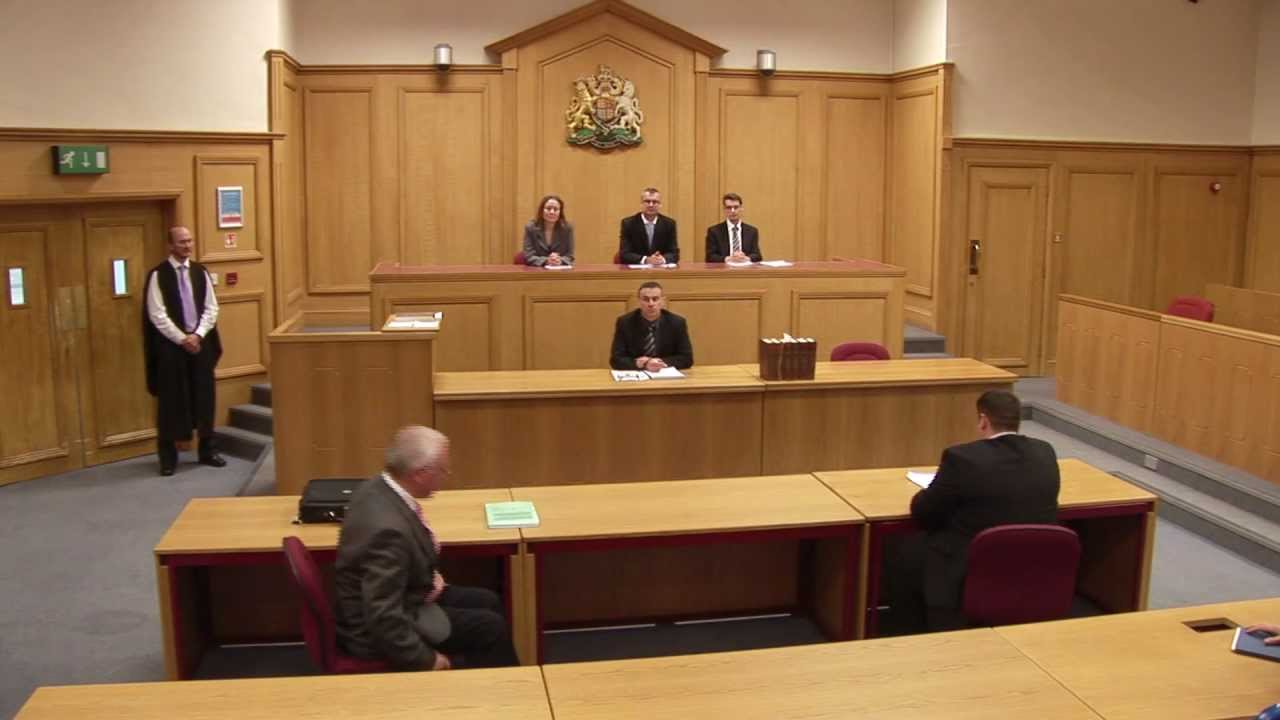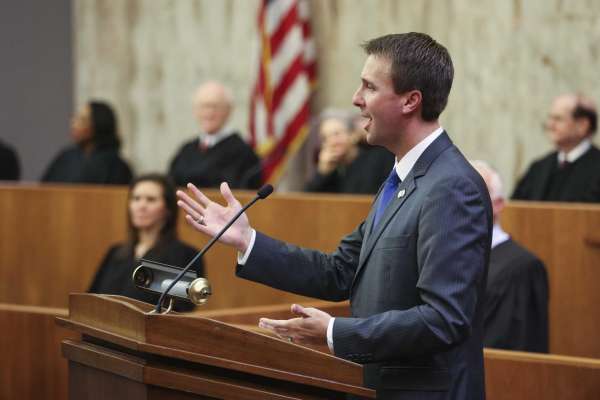
Did you know that the Creek Nation has its own system of tribal court? If not, you’re not alone. This unique system is often misunderstood, and many people are unsure of how it works. In this article, we will provide an overview of the Muscogee Creek Nation tribal court and explain the basics of the system. We will also discuss some of the benefits of using the tribal court system in lieu of traditional courts.
A Brief Overview of the Creek Nation Tribal Court:
The Creek Nation is a federally recognized tribe of Native Americans that has its own system of self-government. The tribe is located in Oklahoma and has approximately 14,000 members. The Creek Nation, the tribal court system, was established in 1979 and is based on traditional Creek law and custom. The court system consists of three levels: the Supreme Court, the District Court, and the Tribal Court of Appeals.
How Does The System Work?
- The Supreme Court is the highest court in the Creek Nation and is responsible for interpreting tribal law.
- The court consists of nine justices who are elected by the tribe’s General Counsel.
- The District Court is responsible for hearing criminal and civil cases involving members of the tribe.
- There are four district courts, each with its own judge.
- Finally, the Tribal Court of Appeals is responsible for reviewing decisions made by the lower courts.
Explore The Benefits:
- The Creek Nation tribal court system provides many benefits to its members.
- The court system is often faster and less expensive than traditional courts.
- Additionally, the court system offers a more culturally relevant and responsive form of justice.
The Function of This Unique Judicial System:
- The Creek Nation has its own judicial system in order to better serve the needs of its members.
- This system is often faster and less expensive than traditional courts, and it offers a more culturally relevant and responsive form of justice.
- The three levels of this court system are:
- The Supreme Court is responsible for interpreting tribal law.
- The District Court hears criminal and civil cases that involve members of the tribe.
- The Tribal Court of Appeals reviews decisions made by the lower courts.
Endnote:
This system is beneficial to members of the tribe because it provides a form of justice that is more responsive to their needs. If you have business with the tribe, it is important to understand how the tribal court system works in order to best resolve any issues that may arise. For more information, please contact a qualified attorney who specializes in Native American law.
For More information please visit visit website




